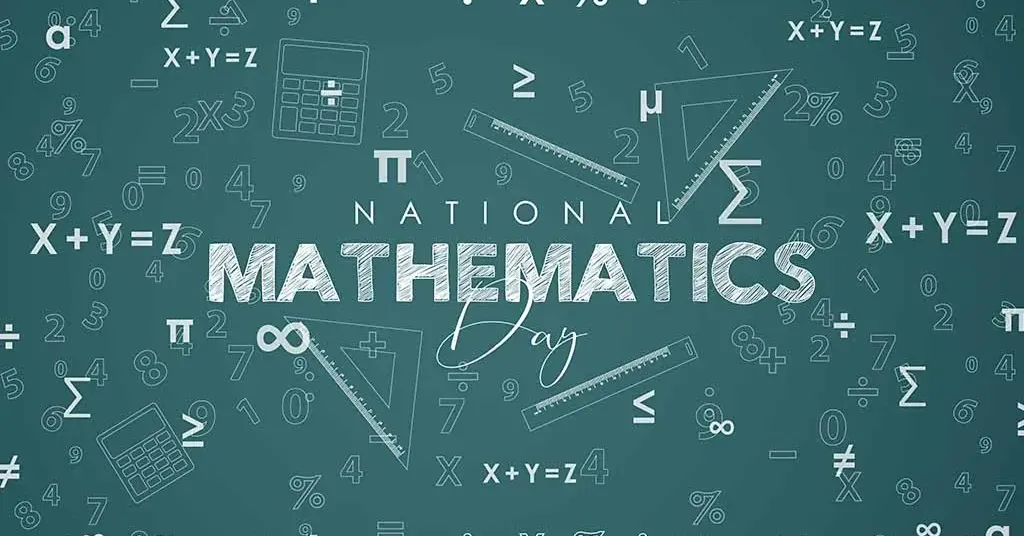In the realm of education, the dynamic duo of maths and creativity might seem like an odd pairing at first glance. After all, mathematics often conjures images of rigid rules, formulas, and logical reasoning, while creativity appears to thrive in the world of art, music, and imagination. However, the connection between maths and creativity is far more profound and intertwined than one might think. This article will delve into the fascinating relationship between these two seemingly distinct domains and explore how maths tuition can be a powerful catalyst for nurturing creativity and problem-solving skills in students. Click here to learn more about math tuition.
Mathematics: More than Just Numbers
Mathematics, often dubbed the “universal language,” is not merely a collection of numbers, equations, and theorems. It is a gateway to understanding the underlying structure and order of the universe. Think of it as a toolbox filled with versatile tools that can be used to dissect and analyse complex problems from various fields, be it physics, engineering, economics, or even art.
One way to perceive the creative aspect of mathematics is through problem-solving. When faced with a challenging maths problem, students are encouraged to think critically, explore various approaches, and devise innovative solutions. This process mirrors the creative thinking required in artistic endeavours, where an artist must experiment with different techniques, colours, and perspectives to bring their vision to life.
Creativity and the Art of Pattern Recognition
One of the fundamental connections between maths and creativity lies in pattern recognition. Mathematics often involves identifying and deciphering patterns, whether they are in numbers, shapes, or functions. This ability to recognise patterns is not confined to the realm of mathematics alone; it extends to a wide array of creative disciplines.
Consider music, for instance. Musicians, when composing melodies or harmonies, rely heavily on pattern recognition. They identify musical patterns, such as rhythms and chord progressions, to create harmonious and aesthetically pleasing compositions. Similarly, in visual arts, artists use patterns in colour, texture, and form to evoke emotions and convey their artistic message.
Maths Tuition
Encouraging Divergent Thinking: Math tuition can encourage students to embrace divergent thinking, which is the ability to generate multiple solutions to a single problem. This type of thinking is a hallmark of creativity and can be applied not only in mathematics but also in everyday life. By exploring different avenues to solve maths problems, students hone their creative problem-solving skills.
Promoting Abstract Thinking: Mathematics often deals with abstract concepts that require students to visualise and conceptualise complex ideas. This abstract thinking lays the foundation for creativity by training the mind to navigate in the realm of the unknown and think beyond the concrete.
Fostering Resilience: Math tuition instils the value of perseverance and resilience in students. Creative endeavours often involve setbacks and challenges. By overcoming obstacles in mathematics, students develop the resilience needed to persevere through the creative process in other domains.
Interdisciplinary Connections: Maths is not an isolated subject but is intricately connected to various disciplines. Maths tuition can highlight these connections, showing students how maths is used in fields like architecture, music, and computer science. This interdisciplinary perspective encourages students to apply mathematical creativity in diverse contexts.
Conclusion
In conclusion, the connection between maths and creativity is a robust and multifaceted one. Maths is not the antithesis of creativity; rather, it serves as a nurturing ground for creative thinking and problem-solving skills. Through maths tuition, students can unlock their creative potential, cultivate resilience, and develop the ability to think abstractly and divergently.
So, the next time you encounter a complex maths problem, remember that you are not merely crunching numbers; you are engaging in a creative process that can lead to innovative solutions. Maths and creativity are not opposing forces; they are allies in the journey of learning and self-discovery, guiding students toward a future where they can apply their creative mathematical minds to make a positive impact on the world.

